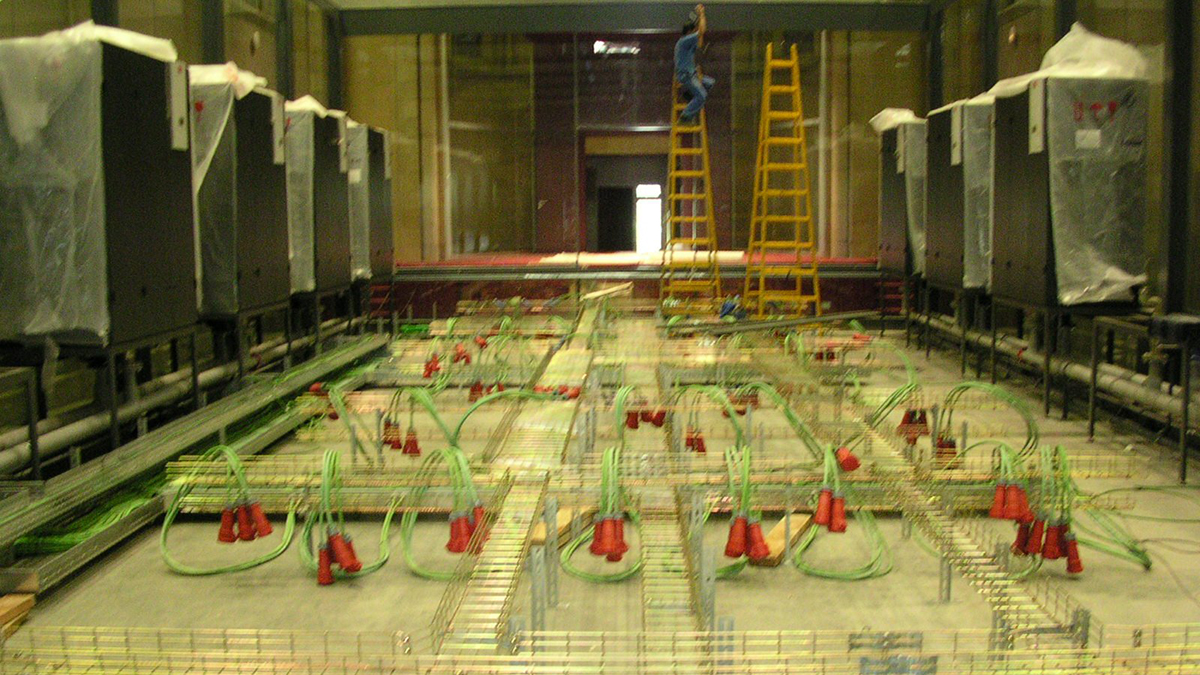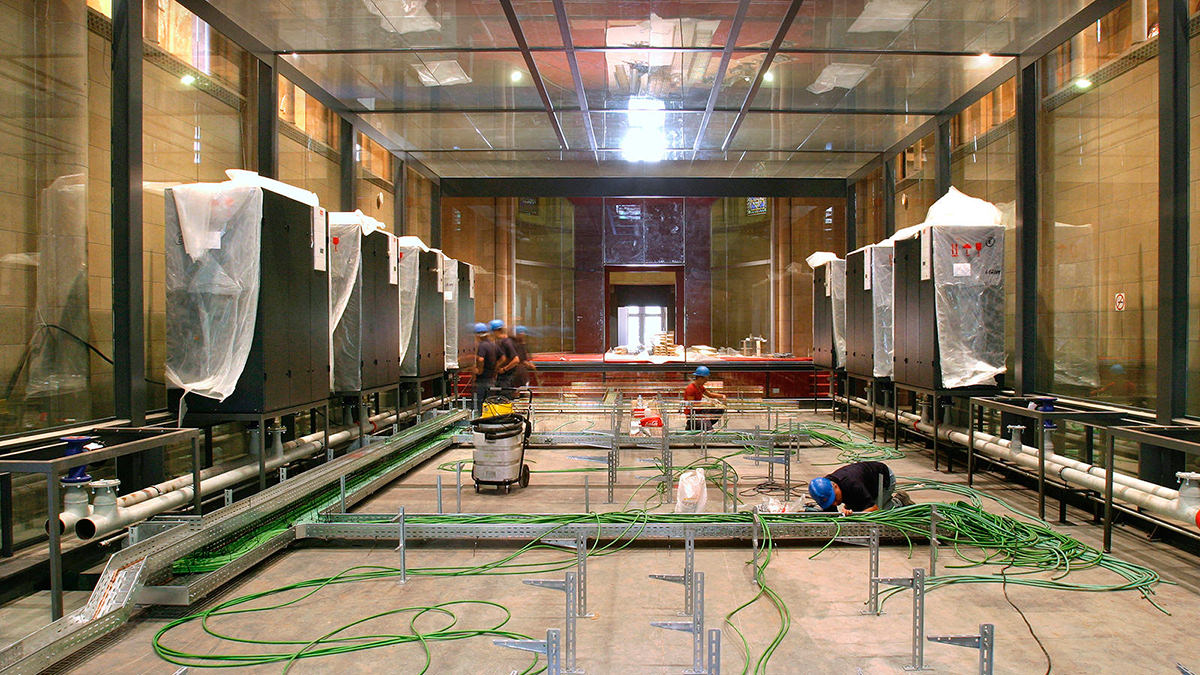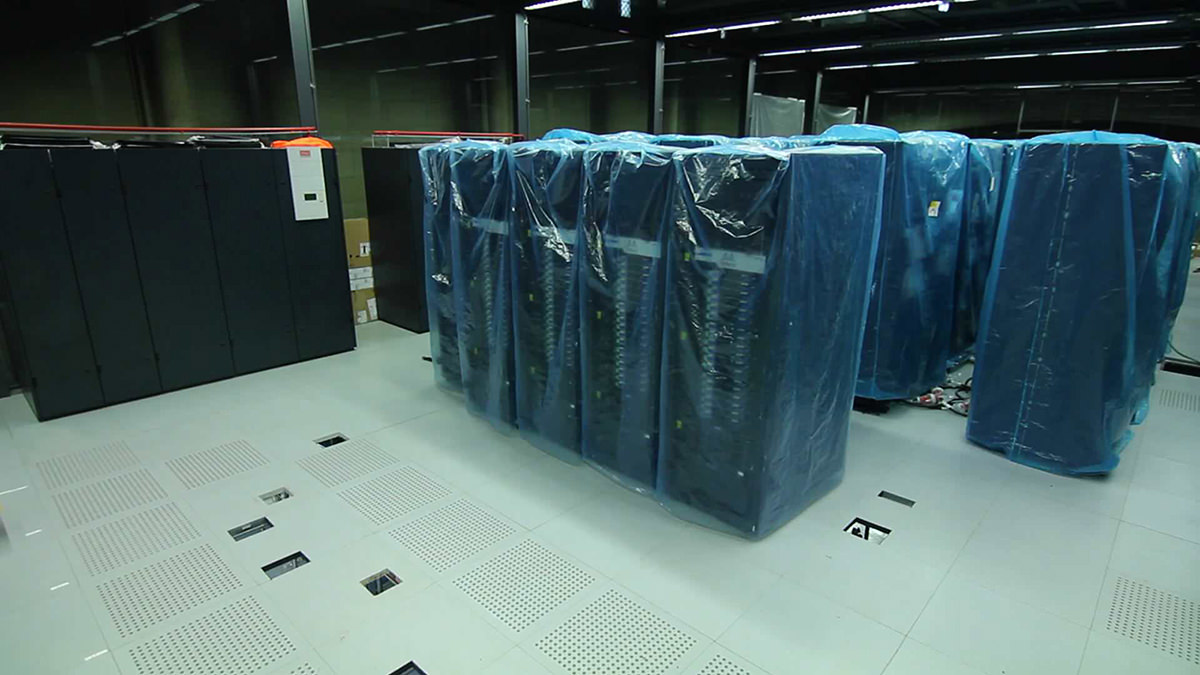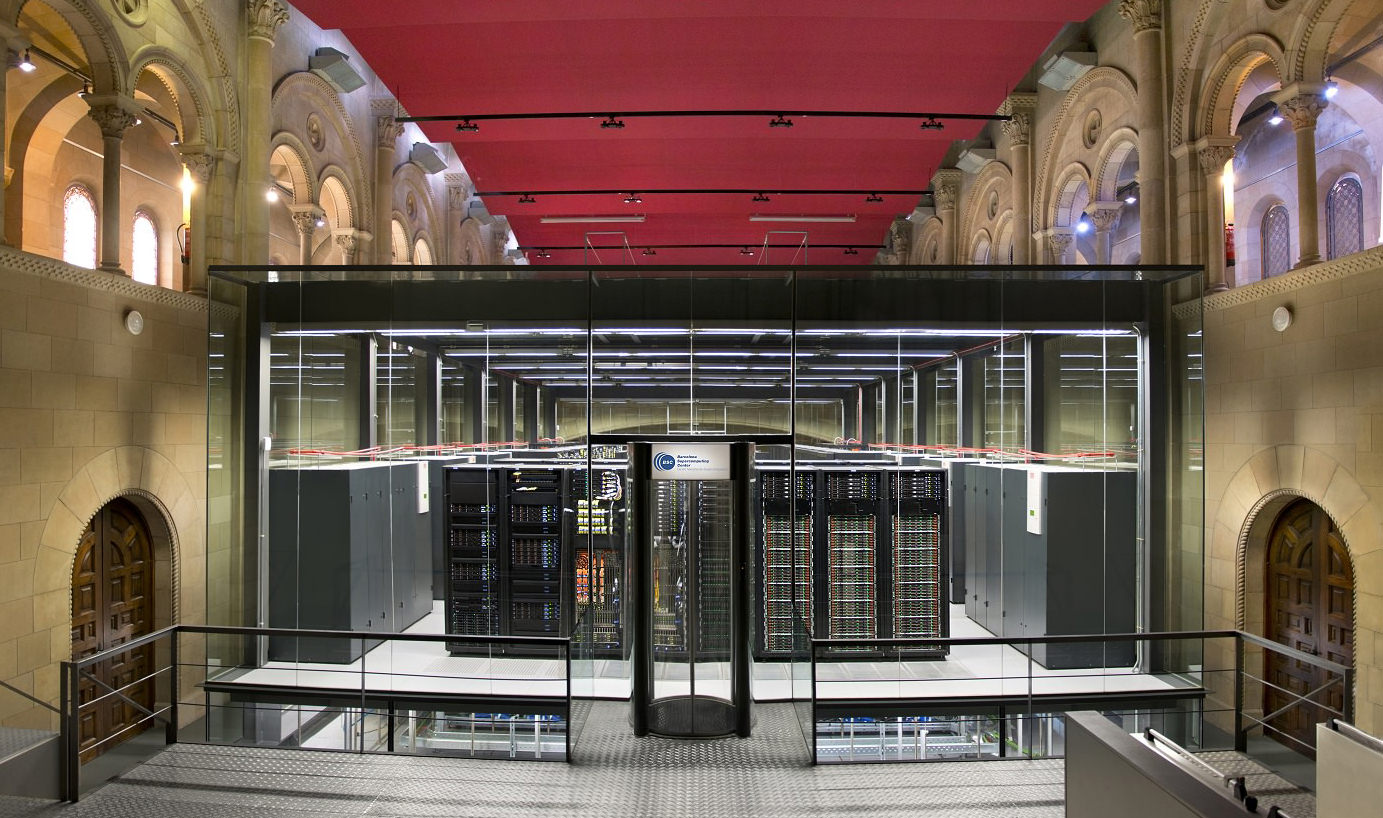
BSC has inherited the legacy of the well-known European Center for Parallelism of Barcelona (CEPBA). This institution was a research, development and innovation centre on efficient computing technologies both for academia and industry. CEPBA belonged to the Universitat Politècnica de Catalunya (UPC). It was also sponsored by two R&D support agencies: the Spanish CICYT (Comisión Interministerial de Ciencia y Tecnología) and the Catalan CIRIT (Consell Interdepartamental de Recerca i Innovació Tecnològica).
In 1991 CEPBA started its activities, gathering the experience and needs of various UPC departments. The Computer Architecture Department (DAC) provided experience in the lower level of a computing system (numerical kernels, operating systems, tools and architecture).
Five other departments of UPC with high computation demand joined DAC to set up the CEPBA.
These departments were:
- Signal Theory and Communications (TSC),
- Strength of Materials and Structural Engineering (RMEE),
- Computer Systems and Languages (LSI),
- Nuclear Physics and Engineering (FEN) and
- Applied Physics (FA)
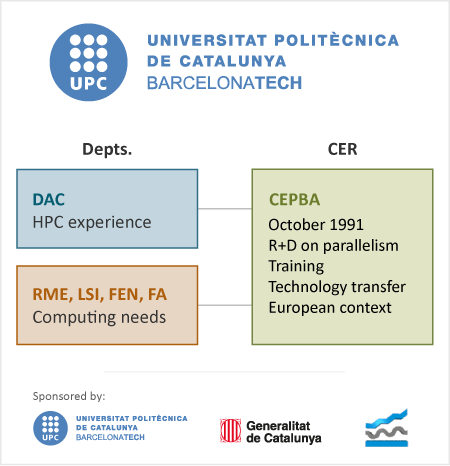
From 1995 to 2000 CEPBA coordinated the service activities with CESCA (Supercomputing Center of Catalonia) through the C4 (Computing and Communications Center of Catalonia) founded by the CIRIT, Catalan Research Foundation and UPC.
In 2000 CEPBA signed an agreement with IBM to launch the CEPBA-IBM Research Institute. The objectives of this agreement were to join research on topics related with Deep Computing and Architecture, and to support local research in other areas of science and engineering. This Research and Development Partnership between UPC and IBM had an initial commitment of 4 years.
In 2004 the Ministry of Education (Spanish Government), Generalitat de Catalunya (local Catalan Government) and UPC took the initiative of creating a National Supercomputing Center in Barcelona.
In 2005 BSC-CNS was officially established and started its activities. MareNostrum was built as the most powerful machine in Europe.

